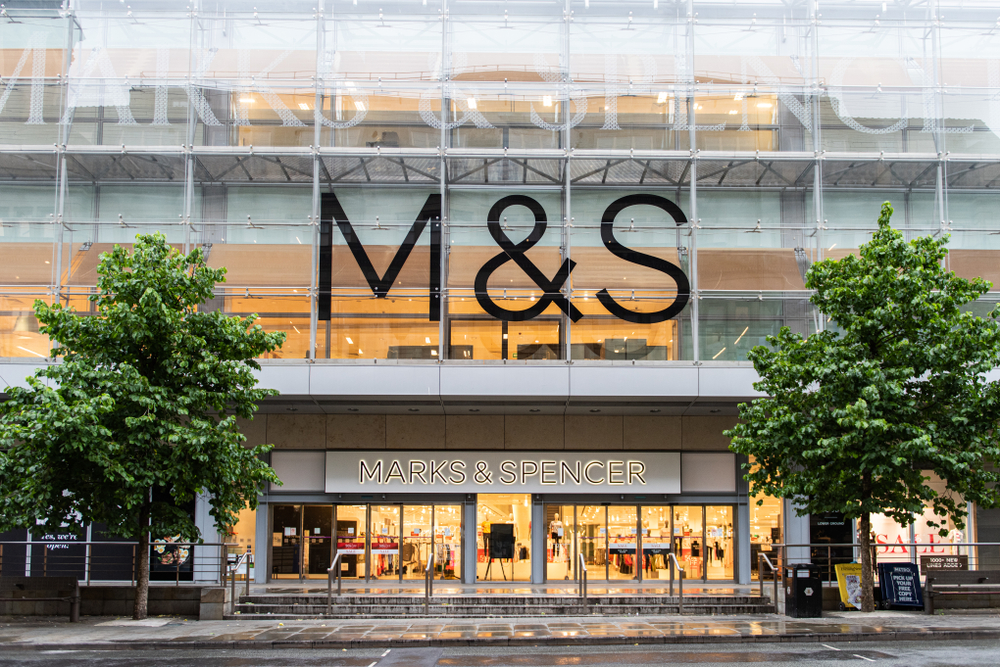Schuh: feet first in search of fulfilment
It doesn’t matter how good a retailer’s digital front-end is if the back-end systems let them down.
One business that’s grasped this and embraced it as a strategic priority is the footwear retailer Schuh. The company has, for a long time, had a reputation for being ahead of the game with its mobile app and online offer, and for tying its digital functionality to the in-store experience through scanner stations. For example, customers in-store can check the stock level of a particular shoe in a particular size.
But it’s behind the scenes that Schuh’s strategy and innovation is also in evidence, with the capability to fulfil orders very quickly for its direct ecommerce customers, its stores and its buying teams being the essential KPI for measuring success.
“For direct consumers and the ecommerce team, we aim to provide every type of delivery service required and partner with fast and reliable delivery partners,” says logistics director Rob Bridle. “New lines need to be available for photography and offered for sale online with the stock in a pick location on the day of receipt. Our main KPI here is on-time delivery, which we measure using tracking data imported into our customer journey report.”
If the direct customer matters, so do the stores, of course. Here, the objective is next-day delivery six days a week, and Schuh’s automation improvements mean it can now pick and pack up to 12,000 items an hour while its analytics tracks KPIs for delivery, delivery accuracy and next-day sales arising from the nimble replenishment model that helps stores to stay stocked.
Schuh also has a slick clearance operation, where fragmented lines and former display shoes can be quality-control checked, graded and, if appropriate, be listed for sale at a discount as slightly imperfect.
“It’s a useful way of achieving the best possible terminal selling price for this type of stock and also helps keep our inventory fairly clean,” says Bridle.
In the past four years, Schuh’s efforts on process, cost control and efficiencies have improved productivity by 29% while still expanding the size of its logistics workforce. It’s an improvement that arises from its investment in facilities, automation and the development of an in-house warehouse management system, as well as numerous operational and shipping initiatives.
One further strategic priority in its processes that’s worth noting is in waste management. Schuh has been recycling cardboard, paper and plastics for many years and this year, reached its long-sought target of zero waste to landfill. As well as splitting out recyclables, it now compacts any non-recyclable waste, which is then used as biofuel. Apart from the environmental impact, the initiative has also cut down waste collections and reduced landfill taxes. Improvements in packaging are next in its sights.






